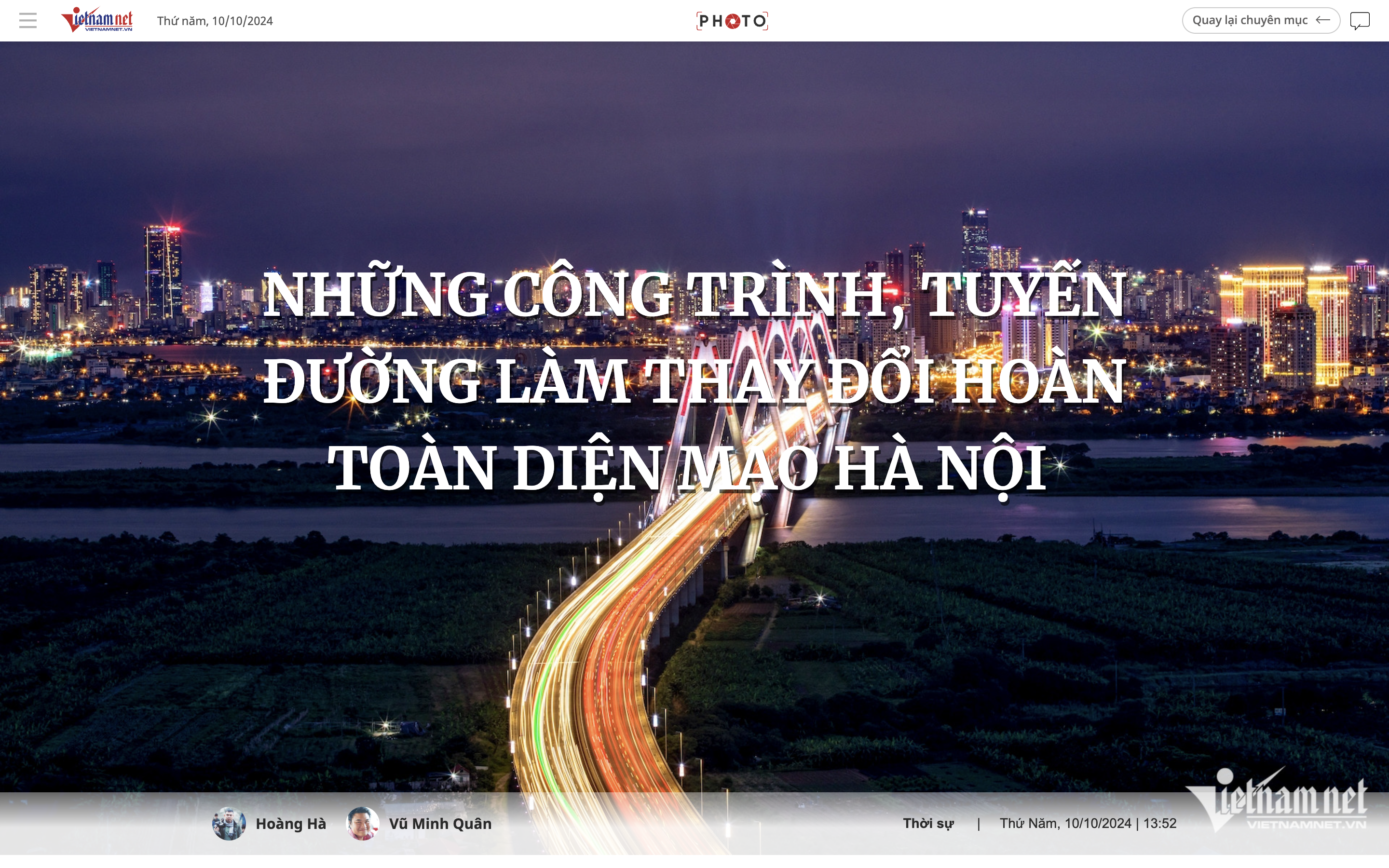
Two urban railway projects, inner-city traffic works and expressways... built in the past decade have significantly changed the face of Hanoi , making it comparable to the capitals of countries in the Southeast Asian region.
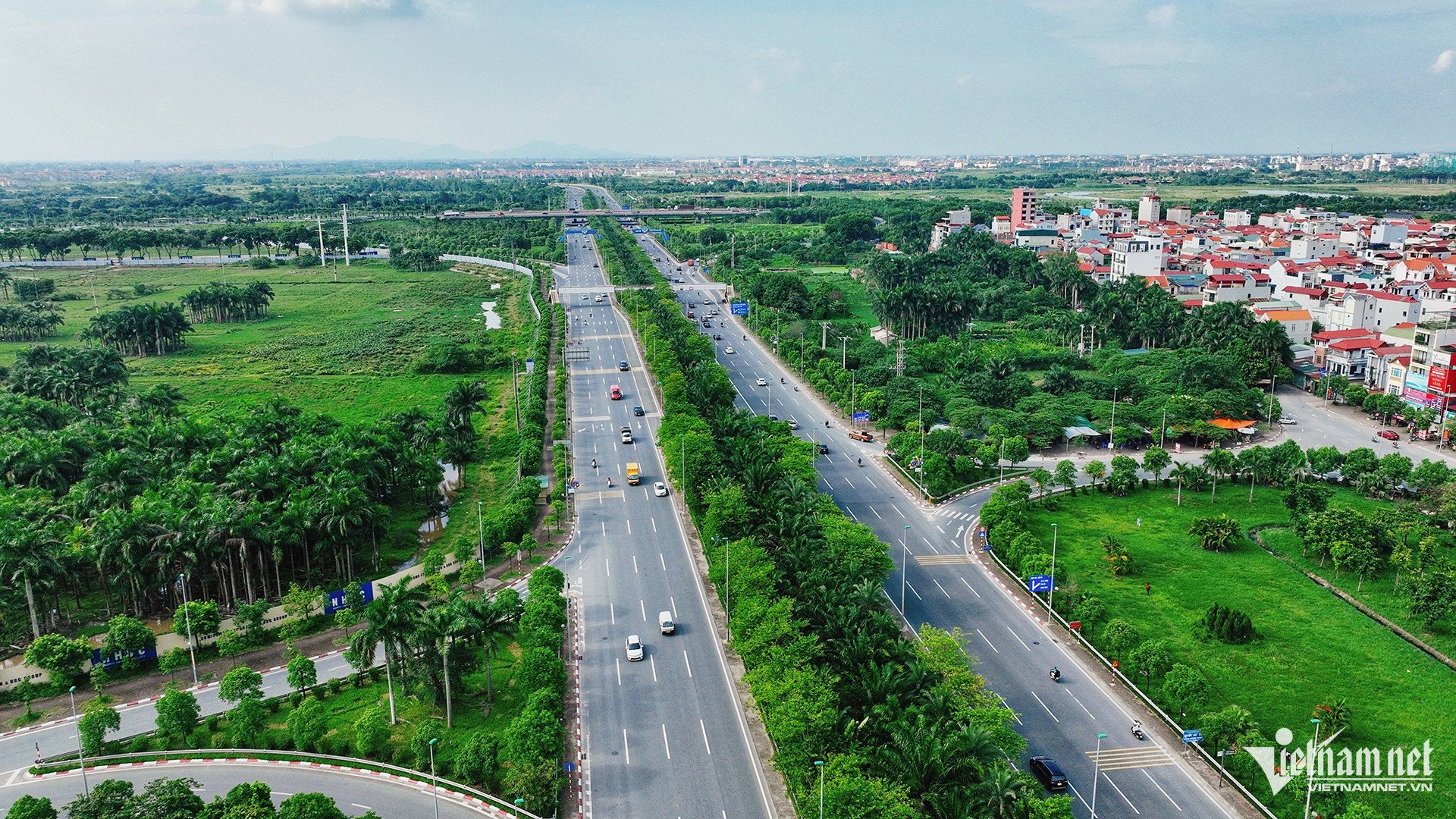
Vo Nguyen Giap Road connecting Noi Bai International Airport with the center of the capital is 12km long, 70-100m wide, passing through Dong Anh and Soc Son districts. The project has a total investment of 6,742 billion VND, inaugurated in early 2015.
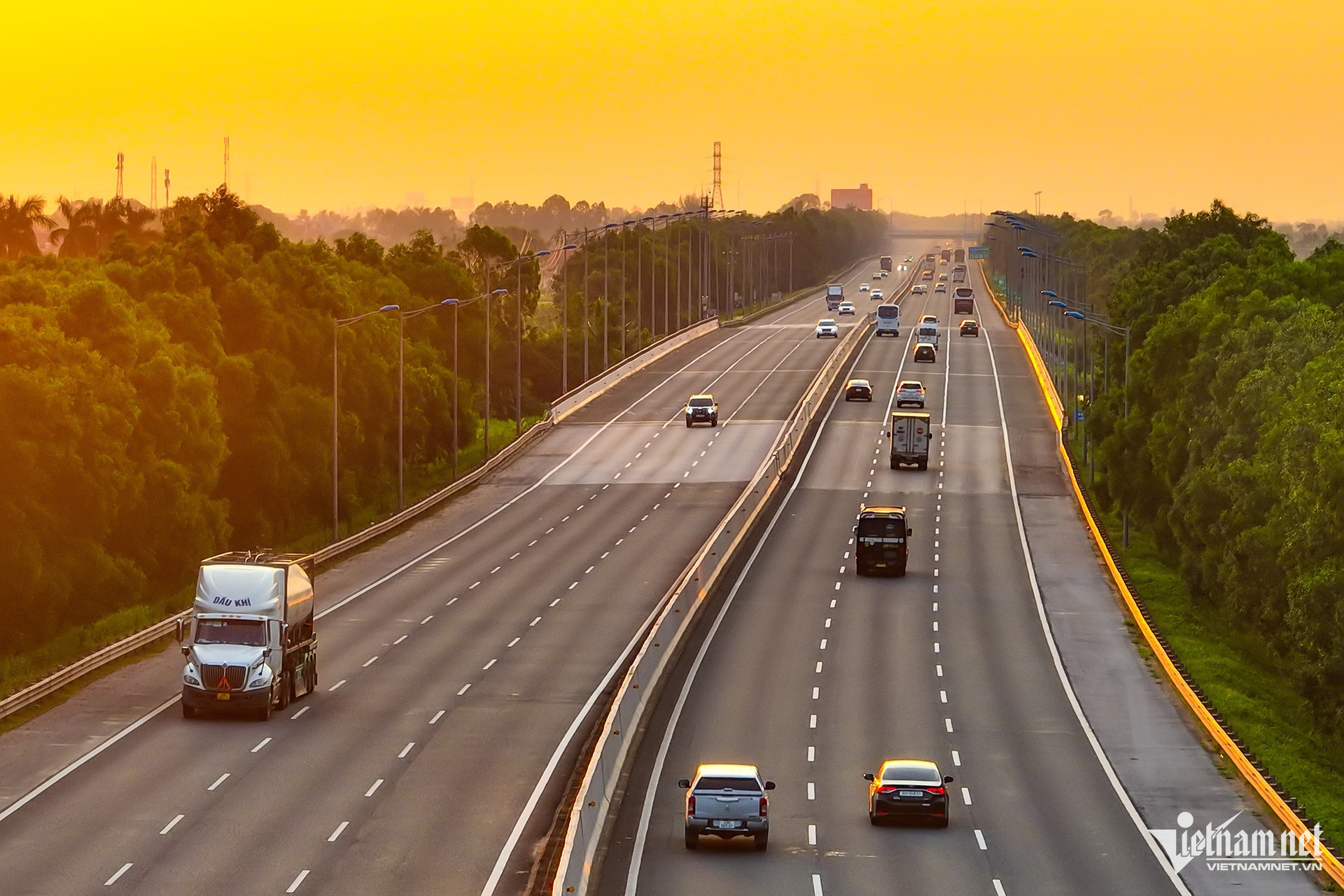
The 105km Hanoi - Hai Phong Expressway, started in 2008 and inaugurated in December 2015, is one of the highly appreciated quality projects. The project starts at the intersection with Ring Road 3 (1km from Thanh Tri Bridge) in Thach Ban Ward (Long Bien District, Hanoi); the end point of the project is at Dinh Vu Port (Hai Phong); the total investment capital is 45,487 billion VND (over 2 billion USD).
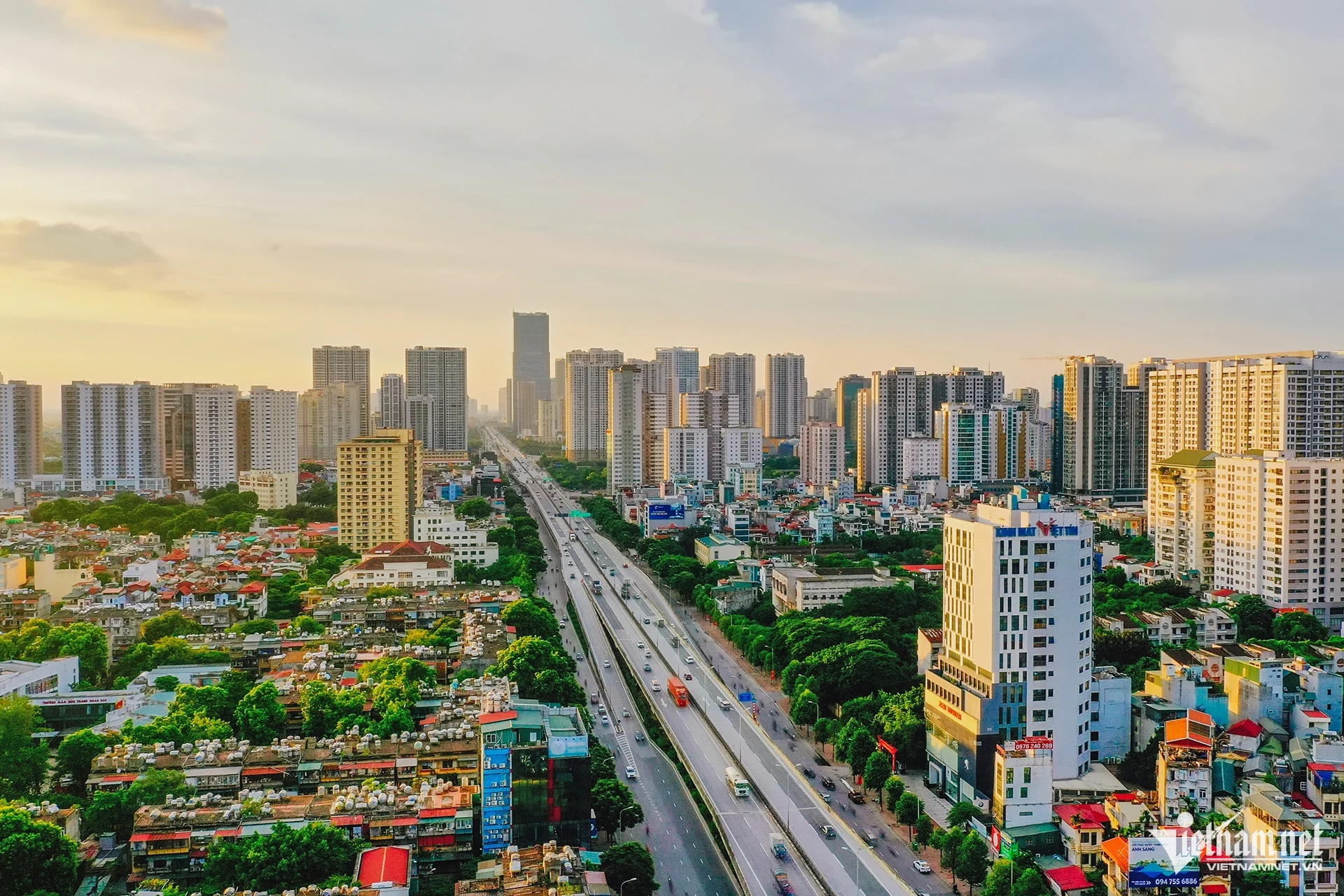
The elevated Ring Road 3 with the starting point at Mai Dich and the end point north of Linh Dam Lake started construction in June 2010. The route is 8.9km long, including 385m of approach road and 8.5km of main viaduct; designed speed is 100km/h; the route has 4 express lanes, 2 emergency lanes. The total investment is more than 5,500 billion VND. This route continues to be built from Mai Dich to Nam Thang Long with a total investment of 5,343 billion VND, after more than 2 years of construction, it was opened to traffic in October 2020. 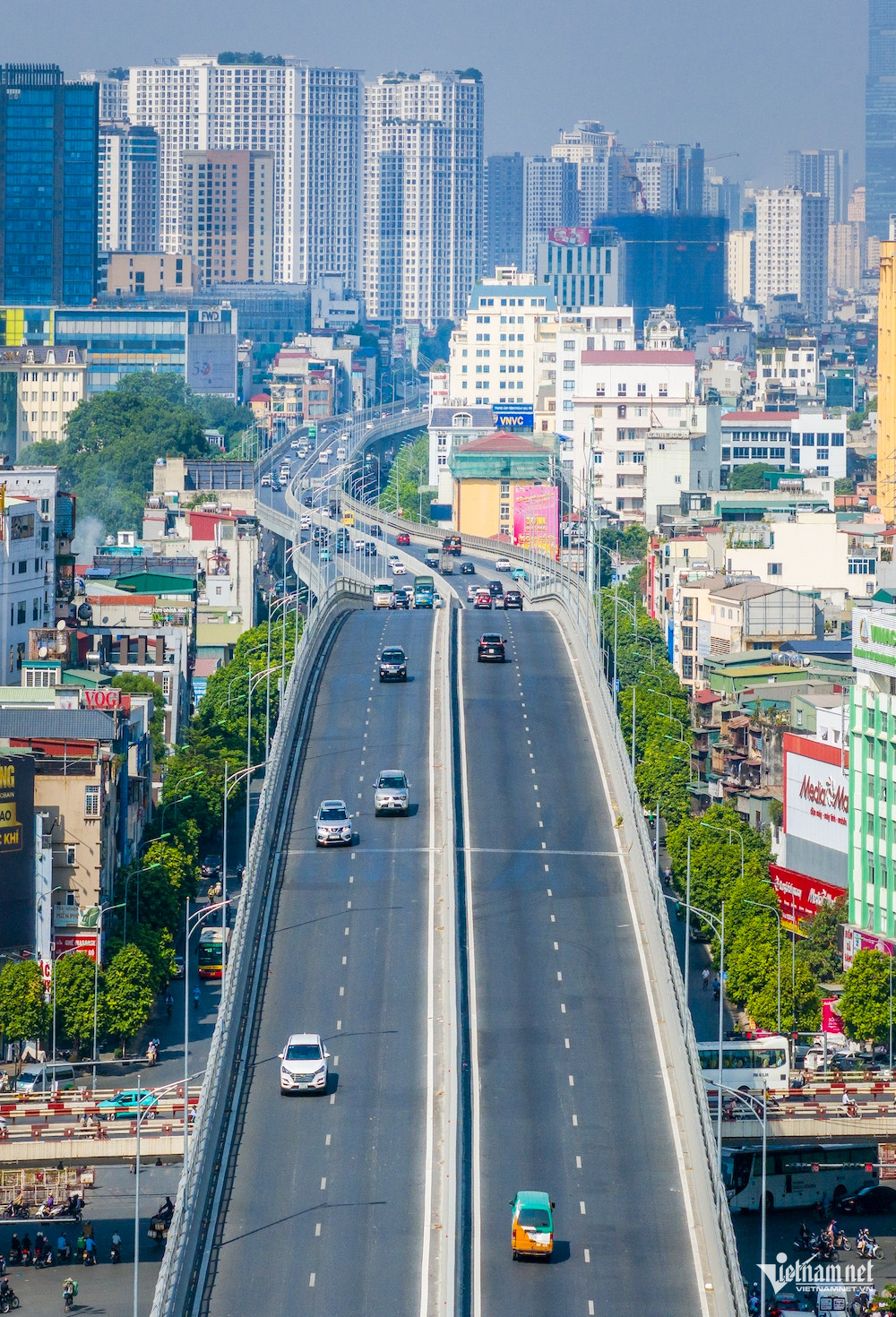 The Ring Road 2 section from Vinh Tuy Bridge to Nga Tu So started construction in April 2018, with a total cost of about VND9,400 billion. This is also the first elevated road project in Hanoi to use the technology of constructing reinforced concrete bridges on mobile scaffolding, pouring beams directly and not having to transport concrete beams by heavy vehicles to the construction site. The items include: the main bridge (surface 19m), approach bridge (surface 7m) and branches connecting to the road below at 3 locations: Vinh Tuy Bridge, Nga Tu Vong and Nga Tu So. The project plays an important role in connecting Hanoi with neighboring localities. In the inner city alone, both sides of the road have a high population density, in recent years having to carry dozens of high-rise apartment buildings. Previously, traffic congestion occurred constantly. After the project was opened to traffic, the misery of traffic participants has improved. This is the premise for the city to continue investing in the construction and completion of Ring Road 2.5, Ring Road 3.5 and especially Ring Road 4 which is being implemented synchronously.
The Ring Road 2 section from Vinh Tuy Bridge to Nga Tu So started construction in April 2018, with a total cost of about VND9,400 billion. This is also the first elevated road project in Hanoi to use the technology of constructing reinforced concrete bridges on mobile scaffolding, pouring beams directly and not having to transport concrete beams by heavy vehicles to the construction site. The items include: the main bridge (surface 19m), approach bridge (surface 7m) and branches connecting to the road below at 3 locations: Vinh Tuy Bridge, Nga Tu Vong and Nga Tu So. The project plays an important role in connecting Hanoi with neighboring localities. In the inner city alone, both sides of the road have a high population density, in recent years having to carry dozens of high-rise apartment buildings. Previously, traffic congestion occurred constantly. After the project was opened to traffic, the misery of traffic participants has improved. This is the premise for the city to continue investing in the construction and completion of Ring Road 2.5, Ring Road 3.5 and especially Ring Road 4 which is being implemented synchronously. 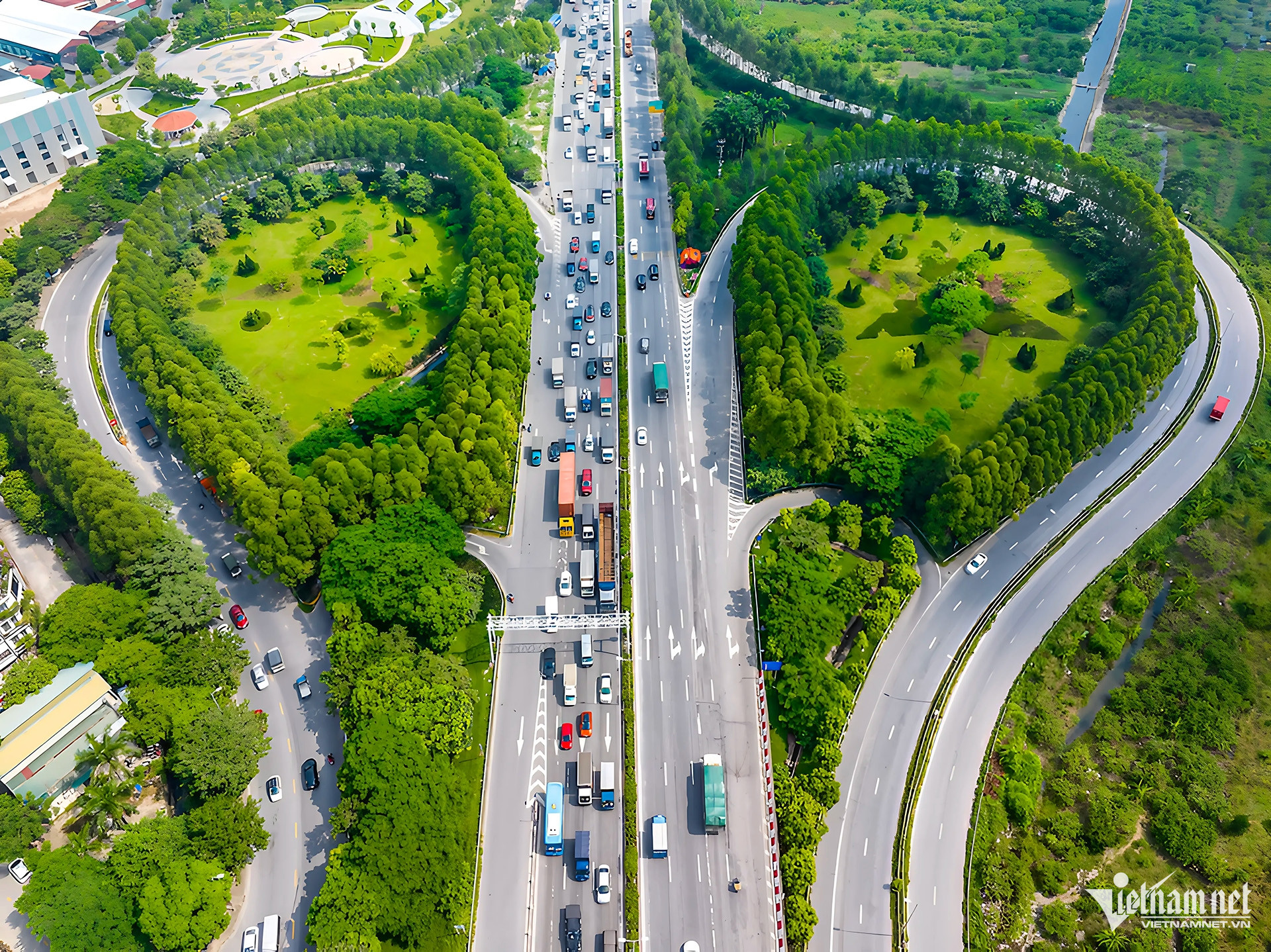
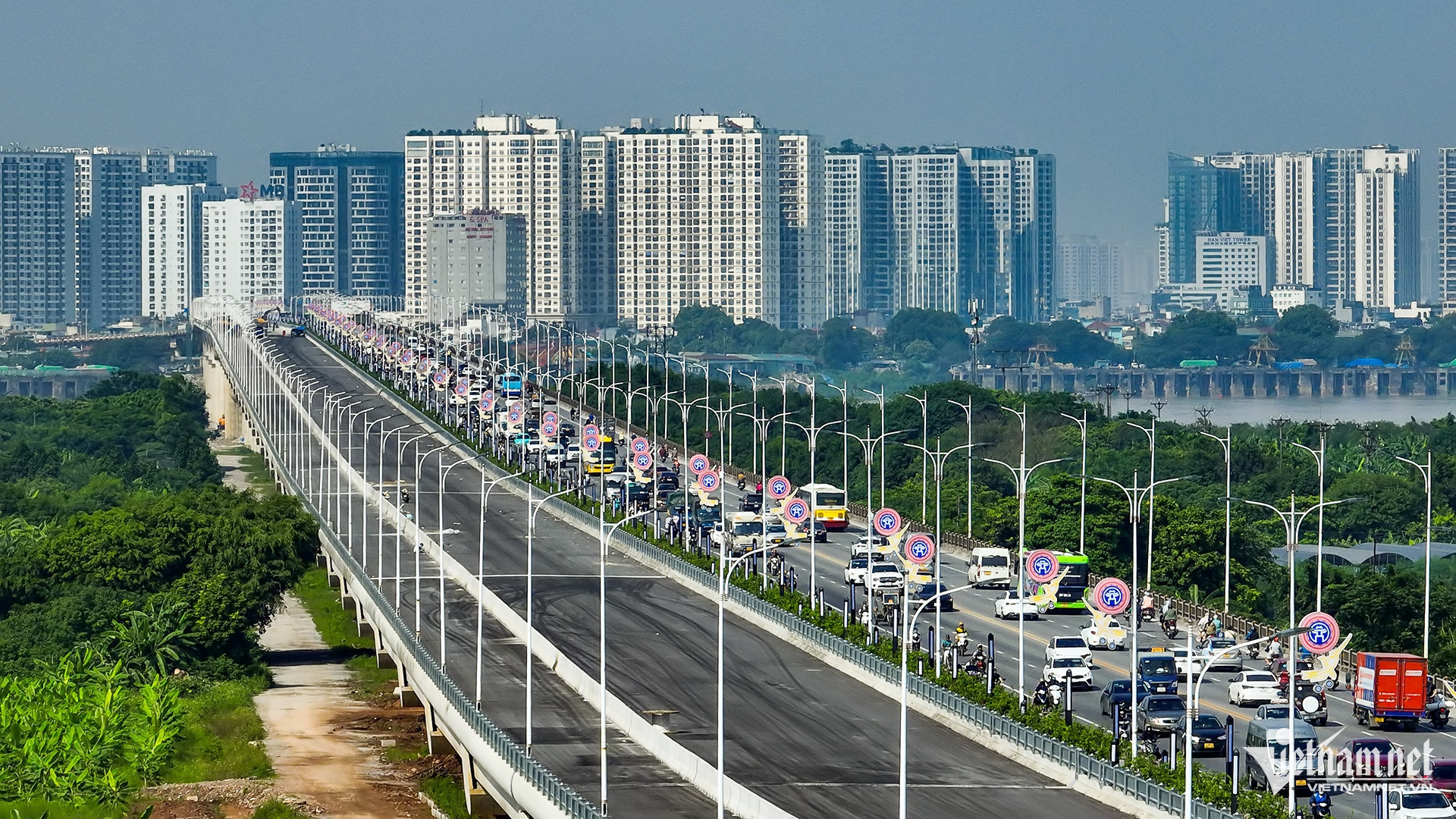
 The Ring Road 2 section from Vinh Tuy Bridge to Nga Tu So started construction in April 2018, with a total cost of about VND9,400 billion. This is also the first elevated road project in Hanoi to use the technology of constructing reinforced concrete bridges on mobile scaffolding, pouring beams directly and not having to transport concrete beams by heavy vehicles to the construction site. The items include: the main bridge (surface 19m), approach bridge (surface 7m) and branches connecting to the road below at 3 locations: Vinh Tuy Bridge, Nga Tu Vong and Nga Tu So. The project plays an important role in connecting Hanoi with neighboring localities. In the inner city alone, both sides of the road have a high population density, in recent years having to carry dozens of high-rise apartment buildings. Previously, traffic congestion occurred constantly. After the project was opened to traffic, the misery of traffic participants has improved. This is the premise for the city to continue investing in the construction and completion of Ring Road 2.5, Ring Road 3.5 and especially Ring Road 4 which is being implemented synchronously.
The Ring Road 2 section from Vinh Tuy Bridge to Nga Tu So started construction in April 2018, with a total cost of about VND9,400 billion. This is also the first elevated road project in Hanoi to use the technology of constructing reinforced concrete bridges on mobile scaffolding, pouring beams directly and not having to transport concrete beams by heavy vehicles to the construction site. The items include: the main bridge (surface 19m), approach bridge (surface 7m) and branches connecting to the road below at 3 locations: Vinh Tuy Bridge, Nga Tu Vong and Nga Tu So. The project plays an important role in connecting Hanoi with neighboring localities. In the inner city alone, both sides of the road have a high population density, in recent years having to carry dozens of high-rise apartment buildings. Previously, traffic congestion occurred constantly. After the project was opened to traffic, the misery of traffic participants has improved. This is the premise for the city to continue investing in the construction and completion of Ring Road 2.5, Ring Road 3.5 and especially Ring Road 4 which is being implemented synchronously. 
Thang Long Avenue with a length of 29.264 km is one of the key traffic works selected by the National Steering Committee for the 1,000th anniversary of Thang Long - Hanoi as the project to be completed to celebrate the great festival. There are 51 bridges over rivers and intersections on the route. The total investment of the project is 7,527 billion VND, of which the central budget is 1,840 billion VND and the capital of Hanoi City is 5,687 billion VND.

Vinh Tuy 2 Bridge started construction in January 2021 with the goal of completion after 3 years (parallel to Vinh Tuy 1 Bridge completed in 2010). The starting point of the bridge intersects with Tran Quang Khai - Nguyen Khoi - Minh Khai Street (Hai Ba Trung District), the end point intersects with Long Bien - Thach Ban Street (Long Bien District). The bridge is more than 19m wide, with 4 lanes. After completing phase two, Vinh Tuy Bridge (including Vinh Tuy 1 and 2) has a cross-section of 40m with 8 car lanes. Since Vinh Tuy 2 Bridge was put into operation, it has reduced the load on Vinh Tuy 1 Bridge, which is often congested, increased traffic between the two banks of the Red River, and met the increasing transportation demand between the center of the capital and the North and Northeast of Hanoi. 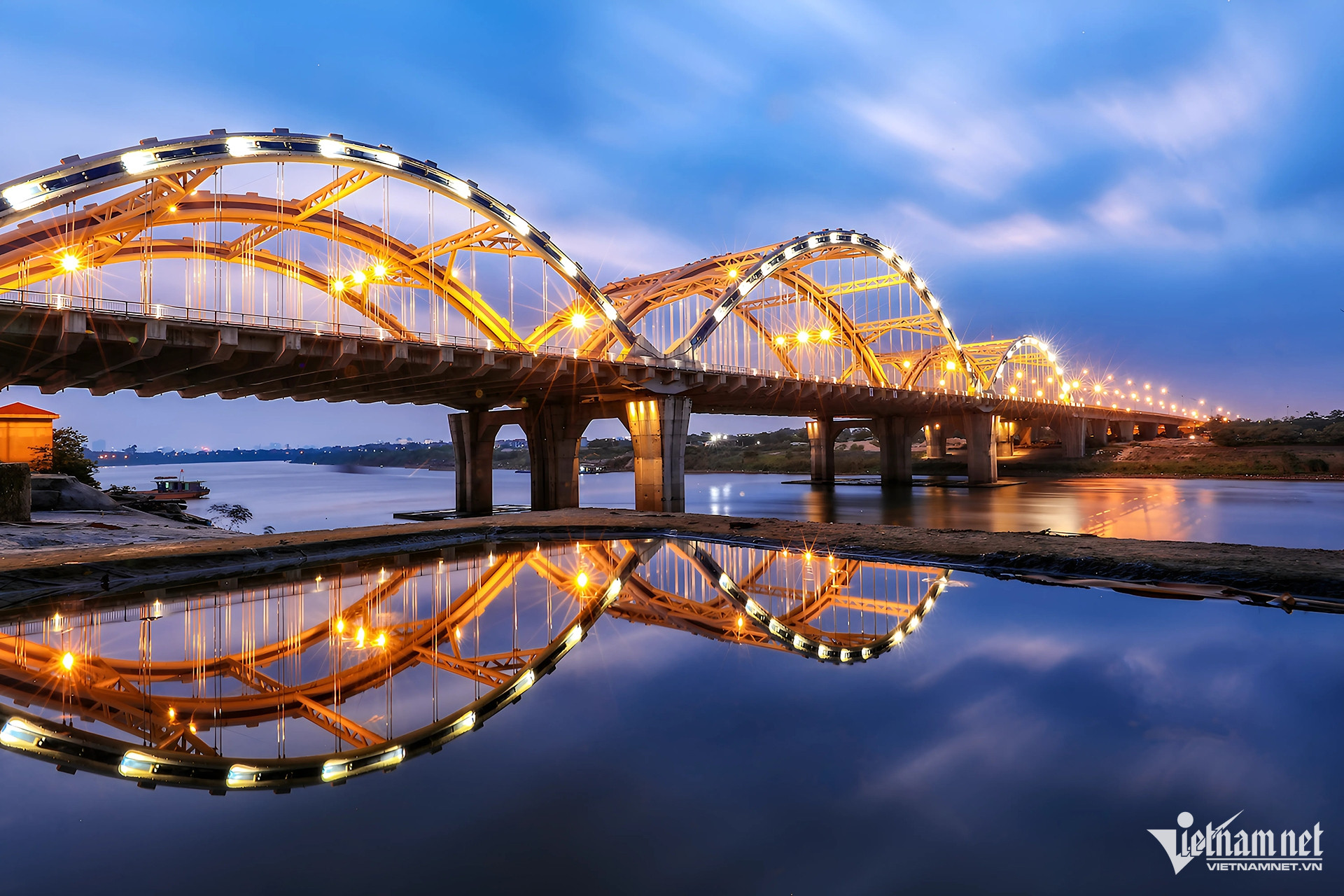
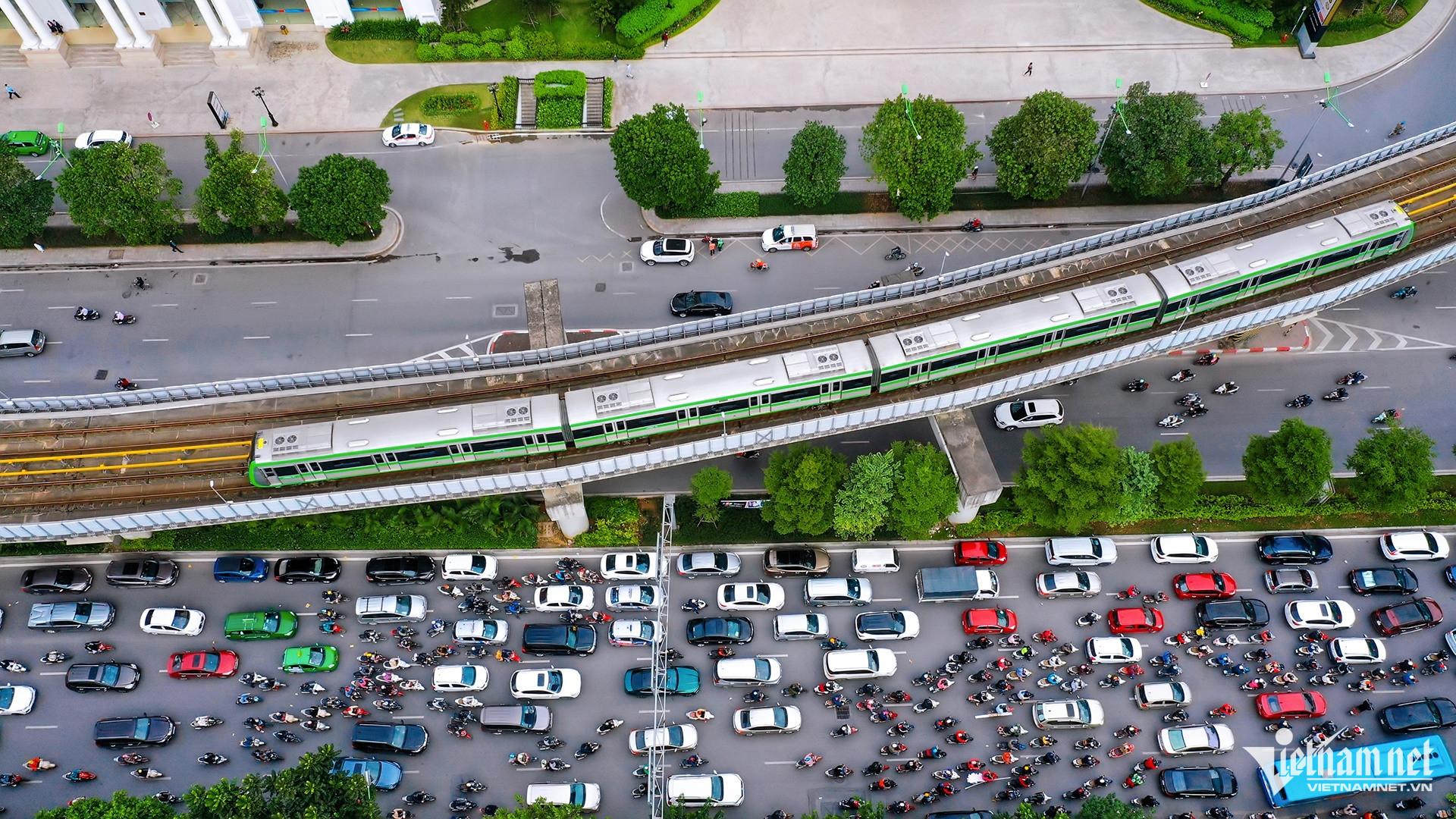
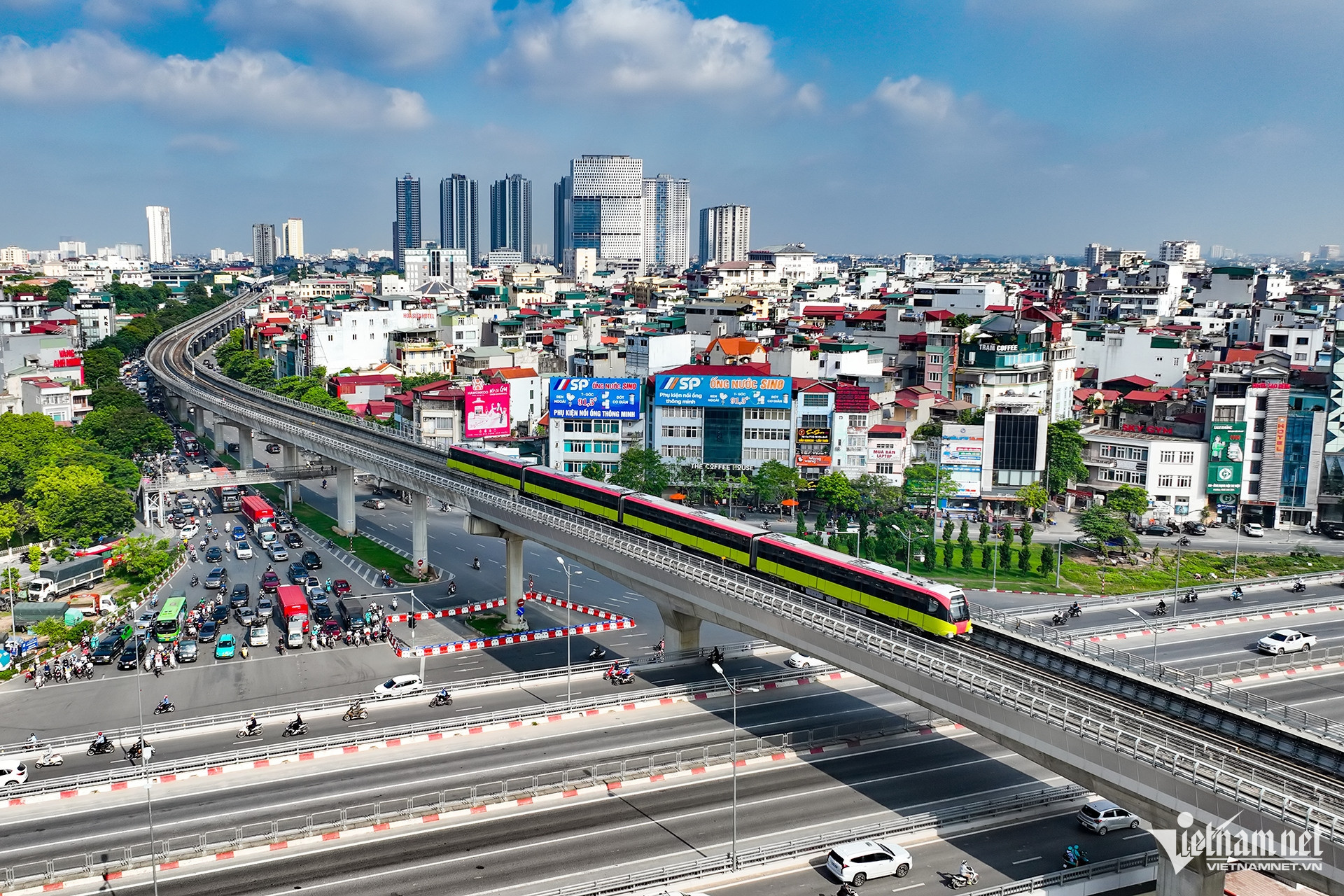
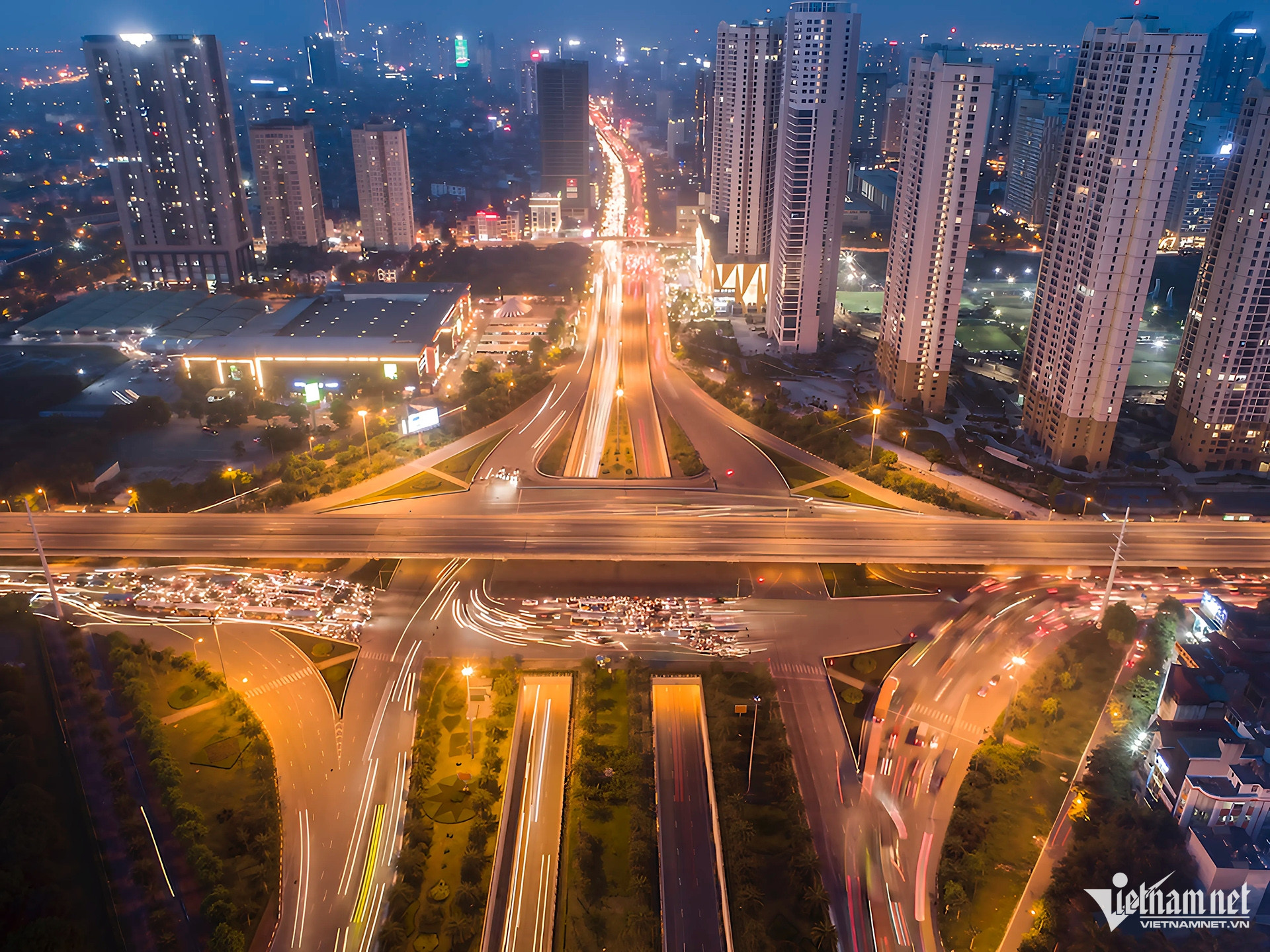
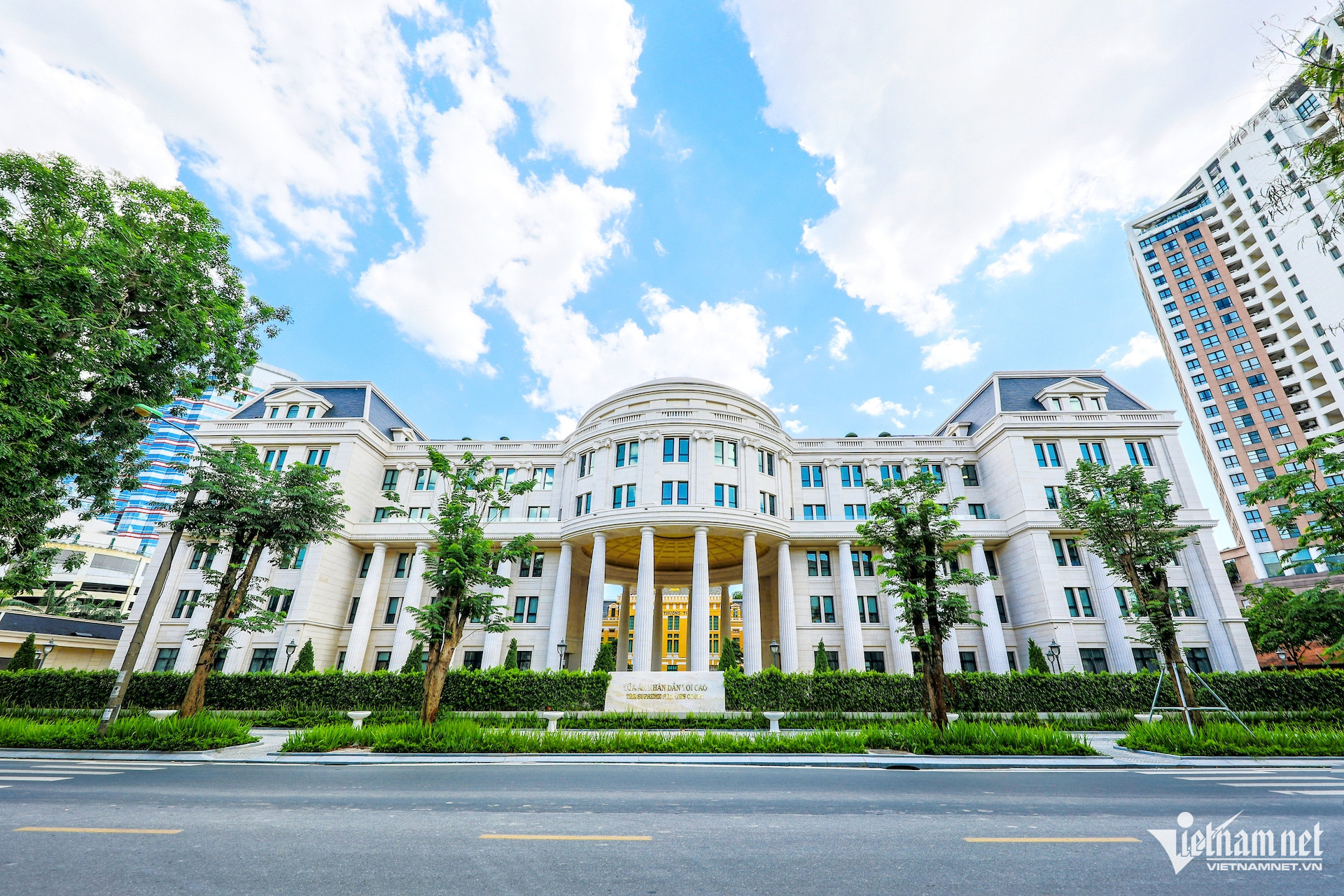
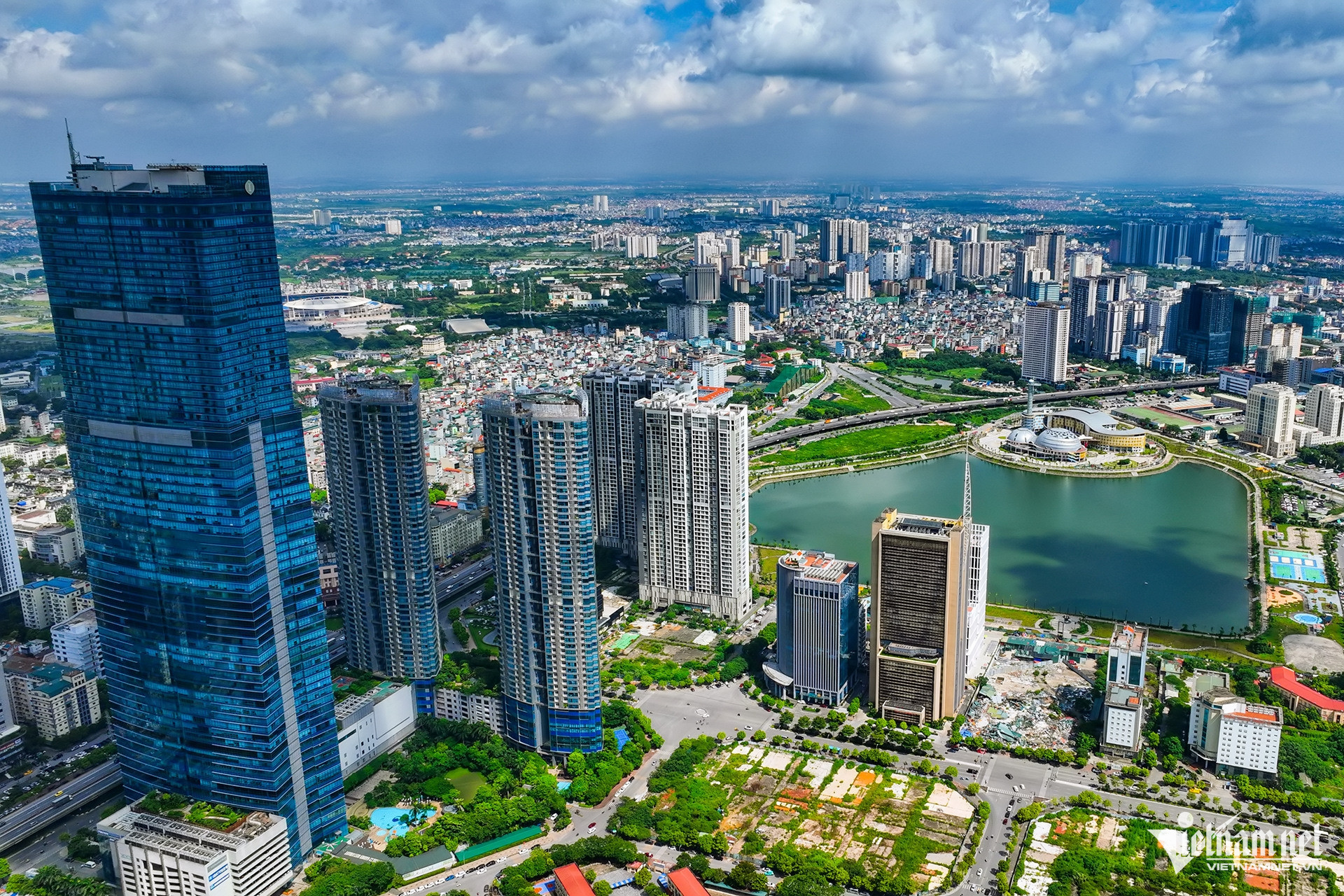
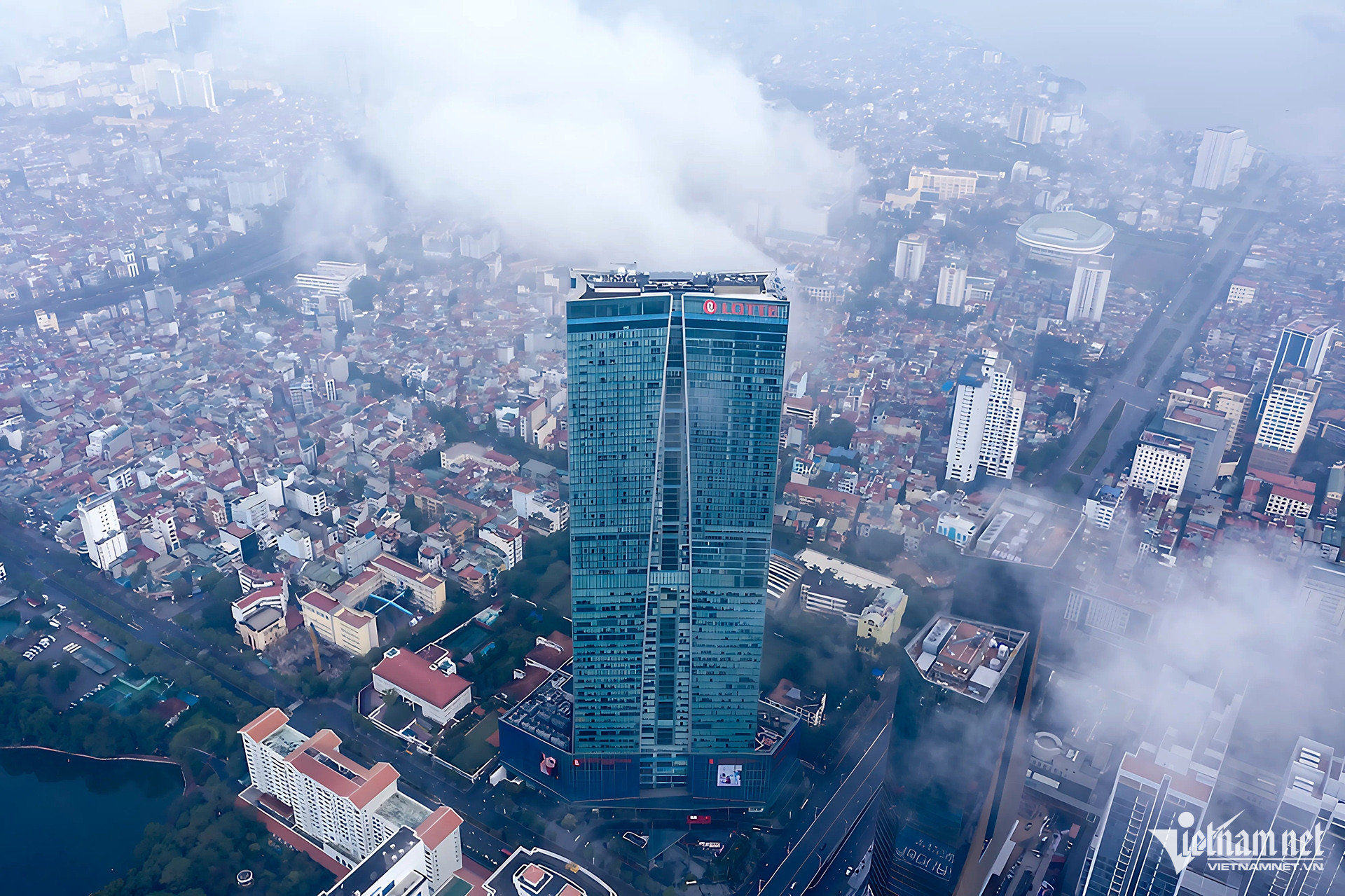

Exactly 10 years ago, on October 9, 2014, Dong Tru Bridge officially opened to traffic. The 1.1km long bridge crosses the Duong River, with a cross-section of 55m wide and 8 lanes. In addition to the approach road system at both ends, the bridge consists of 3 main spans, of which 2 side spans are 80m long and the middle span is 120m long, using new technology: concrete-filled steel tube arch bridge, the first time in Southeast Asia.

On November 6, 2021, the first urban railway line of the capital and the whole country (Cat Linh - Ha Dong line) officially entered commercial operation, after 10 years of construction. The project has a total investment adjusted according to the approval of the Ministry of Transport of more than 18,000 billion VND, an increase of more than 9,231 billion VND compared to the initially approved total investment. Although the progress is behind schedule and the completion time is extended for many years, when put into use, the project has contributed to significantly improving traffic problems for Hanoi people.

The Nhon - Hanoi Railway Station metro train was put into commercial operation on the elevated section from Nhon Station to Cau Giay Station in August 2024. According to the capital planning for the period 2021 - 2030, with a vision to 2050, approved by the Hanoi People's Council, the investment orientation is to build 14 urban railway lines, an increase of 4 lines compared to the old planning. The Hanoi People's Committee aims to complete 96.8km of construction and complete investment preparation for 301km of urban railway by 2030, with a total investment of 14.602 billion USD.

To improve traffic congestion, many overpasses and underpasses at key intersections in Hanoi have been built over the past 10 years. A typical example is the Trung Hoa intersection with 3 levels of traffic, which has been in operation since 2016. In the future, this area will also become an area with 4 levels of traffic when the urban railway is deployed.

The new headquarters of the Supreme People's Court is built on an area of 6,417m2 with a scale of 6 floors above ground and 4 basements. The building has a neoclassical architectural style that matches the architecture of the building at 48 Ly Thuong Kiet, Hoan Kiem, Hanoi, creating a unified complex, with an intersection between old and new architecture. The two buildings are designed symmetrically through the central axis, creating balance, meeting the aesthetic requirements of modern buildings.


Keangnam Landmark 72 is the tallest building in Hanoi, the second tallest in Vietnam with a complex of shopping malls, hotels, offices, and luxury apartments. The building is designed as a modern, luxurious tower with a height of 336m, including 72 floors and a total area of up to 300,000m2. This is a construction project approved on the occasion of the 1000th anniversary of Thang Long - Hanoi. The second tallest building in the capital is Lotte (right photo), the first project in the overall design of the Observatory on the 65th floor, opening up a panoramic and complete view of the city. The building has 4 sides made of tempered glass, a super-fast elevator that goes from basement B1 to the 65th floor observatory in just 50 seconds. This building was designed by Callison (USA). The base and interior were designed by Benoy (UK). 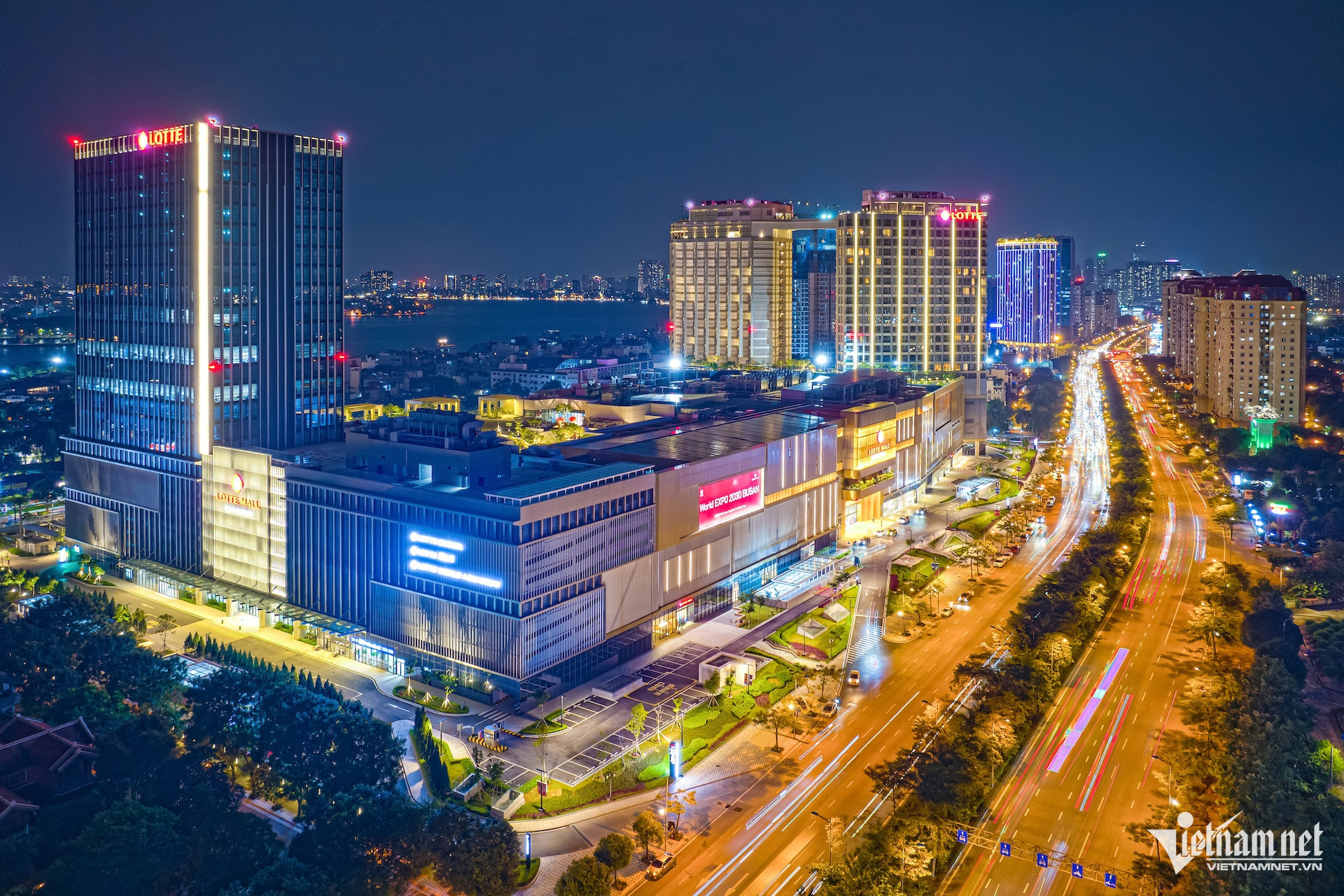

Hanoi is increasingly seeing the emergence of modern shopping mall complexes such as Vincom, Lotte, Aeon... Notable among them is the grandiose project of a Korean corporation located in the Tay Ho area, inaugurated in September 2023. This shopping mall has a total floor area of 354,000m2, 7 floors high, including 5 floors above ground and 2 basements. Inside there is a 5-star hotel, luxury serviced apartments, and class A offices.



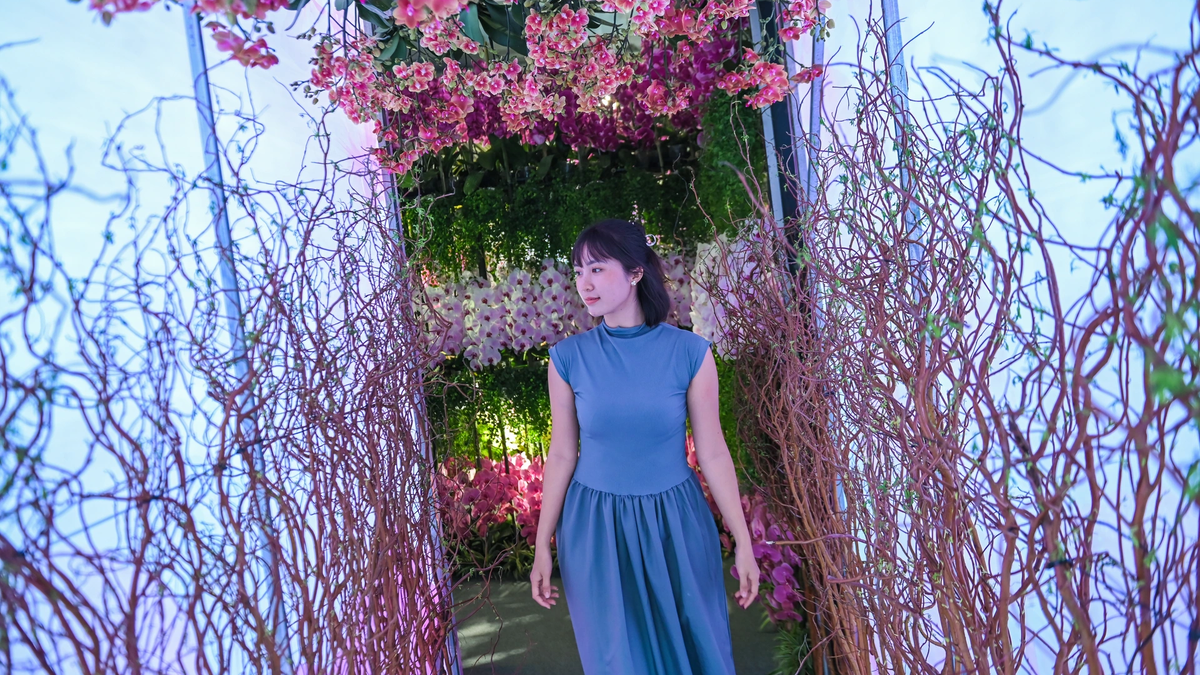
![[Photo] Prime Minister Pham Minh Chinh and Prime Minister of the Kingdom of Thailand Paetongtarn Shinawatra attend the Vietnam-Thailand Business Forum 2025](https://vphoto.vietnam.vn/thumb/1200x675/vietnam/resource/IMAGE/2025/5/16/1cdfce54d25c48a68ae6fb9204f2171a)


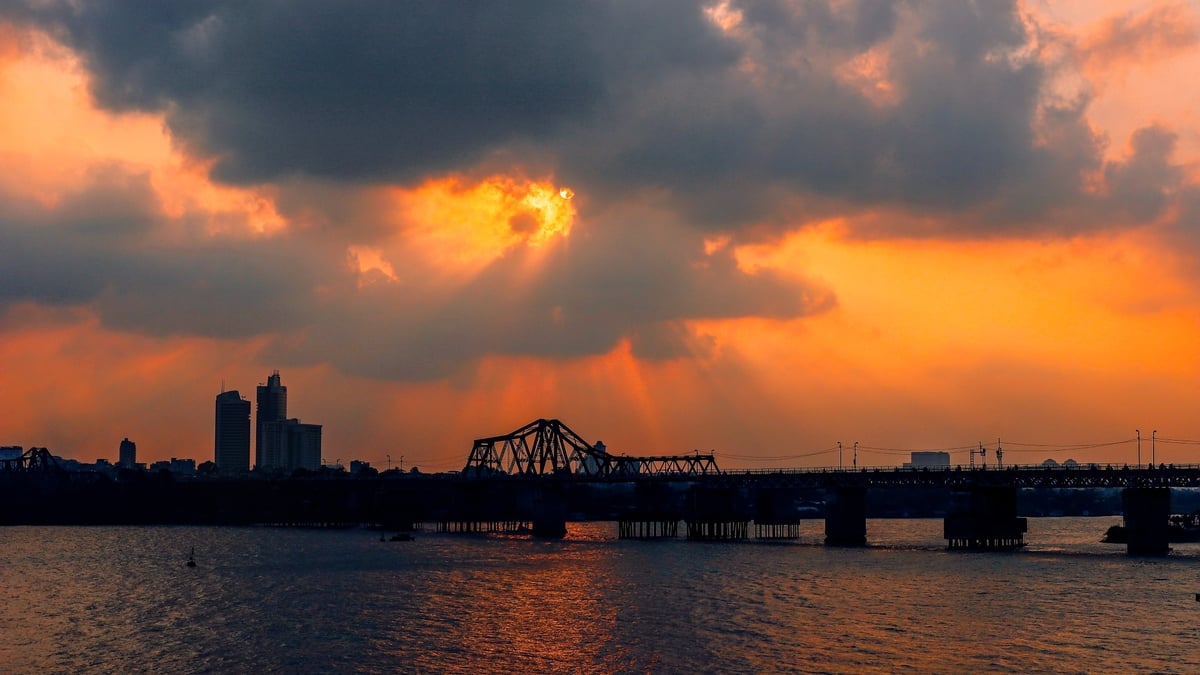
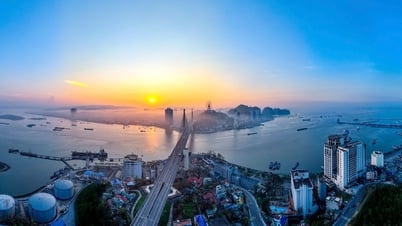



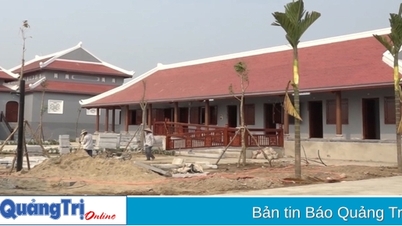
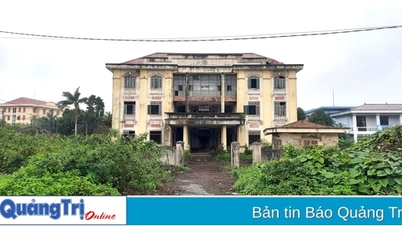

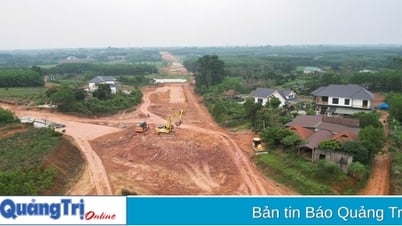





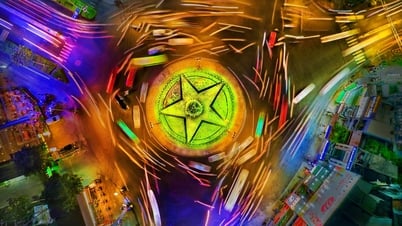












![[Photo] President Luong Cuong receives Prime Minister of the Kingdom of Thailand Paetongtarn Shinawatra](https://vphoto.vietnam.vn/thumb/1200x675/vietnam/resource/IMAGE/2025/5/16/52c73b27198a4e12bd6a903d1c218846)




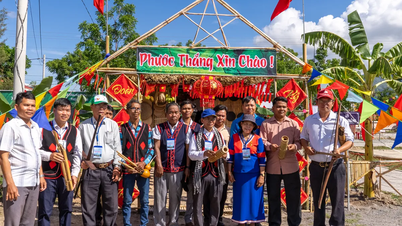





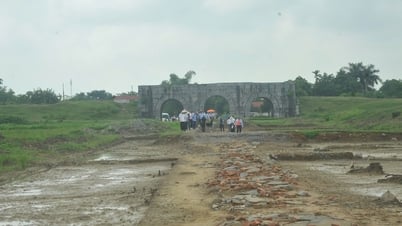


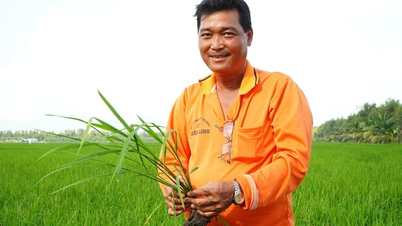
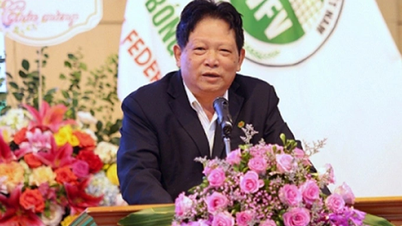









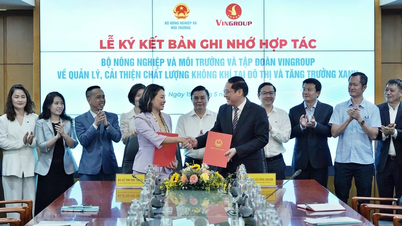

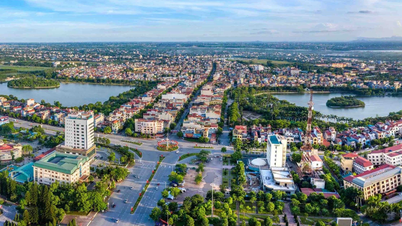



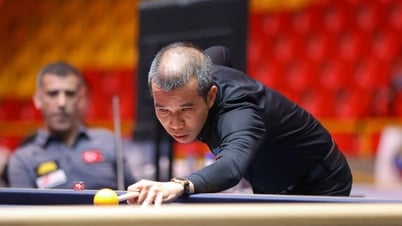


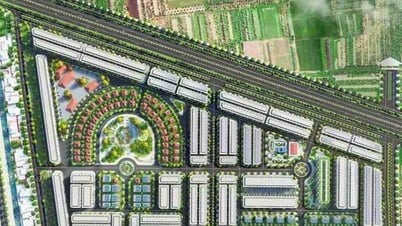


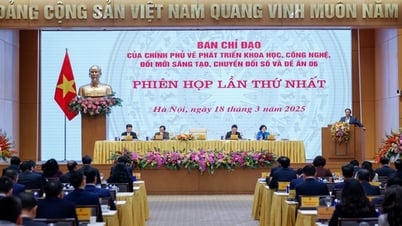


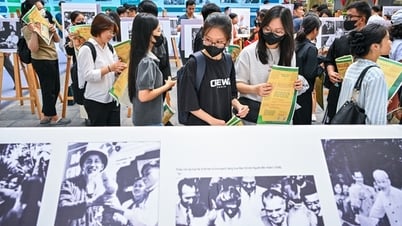
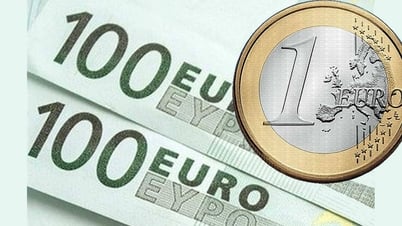





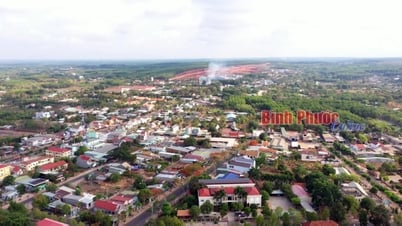









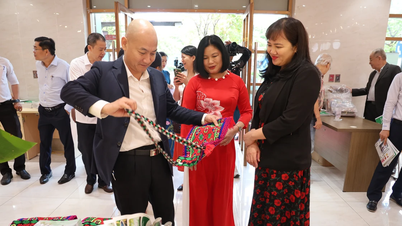

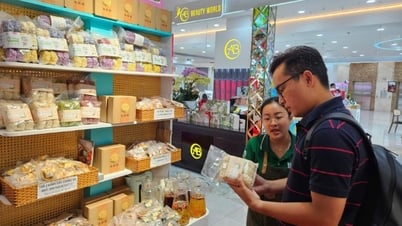


Comment (0)